 |
| Deputy Minister of Information and Communications Nguyen Thanh Lam chaired the discussion. |
Attending from Vietnam were Deputy Minister of Information and Communications Nguyen Thanh Lam; Permanent Vice Chairman of the Provincial People's Committee Nguyen Thanh Binh, along with representatives of the Central Propaganda and Education Commission, the Central External Relations Commission; departments, branches and sectors in the province. On the Lao side, there were leaders of the Ministry of Information and Communications, the Lao Embassy; the Lao Consulate General in Da Nang...
Digital transformation of journalism in Vietnam
Presenting a speech at the seminar, Deputy Director of the Press Department, Ministry of Information and Communications Dang Khac Loi said that press digitalization in Vietnam aims to build press agencies in a professional, humane, and modern direction; to fulfill the mission of information and propaganda to serve the revolutionary cause of the Party and the cause of national innovation.
“Vietnam’s revolutionary press is facing new difficulties and challenges. Implementing digital transformation means that press and media agencies are undergoing a comprehensive and overall change in their methods, working methods, organizational models, and creative activities of press works, as well as an important change in the awareness and attitude of leaders, reporters, and editors of press agencies,” said Mr. Loi.
Deputy Director of the Press Department Dang Khac Loi said that the goal of digitalization of Vietnam's press by 2025 is: 70% of press agencies will put content on digital platforms (prioritizing domestic digital platforms); 50% of press agencies will use centralized data analysis and processing platforms, applying artificial intelligence to optimize operations; 80% of press agencies will operate a converged newsroom model, producing content according to digital press trends. At the same time, press agencies will optimize revenue sources, of which 30% of press agencies will increase revenue by at least 20%. 100% of electronic press agencies will have solutions to ensure information system safety and security at level 3 or higher...
By 2030, 100% of press agencies will put content on digital platforms (prioritizing domestic digital platforms); 90% of press agencies will use centralized data analysis and processing platforms, applying artificial intelligence to optimize operations; 100% of press agencies will operate a converged newsroom model and models suitable for the development of advanced science and technology in the world, producing content according to digital journalism trends. At the same time, press agencies will optimize revenue sources, of which 50% of press agencies will increase revenue by at least 20%.
In order for press digitalization to achieve the above goals, the Deputy Director of the Press Department said that it is necessary to deploy key tasks and solutions including: Raising awareness, strengthening propaganda; reviewing and perfecting legal regulations; developing press products; developing digital platforms; developing and improving the quality of human resources and strengthening international cooperation.
 |
| Delegates from Laos participated in the discussion. |
Vietnam - Laos cooperation in information and communication
According to Ms. Nguyen Thi Thanh Huyen, Deputy Director of the Department of Radio, Television and Electronic Information, Ministry of Information and Communications, many people currently consider cyberspace as their second life, creating content that affects the community. At the same time, cross-border social networking platforms are increasingly developing in Vietnam, allowing users to post free content and exploit advertising. This also contributes to the increase in fake news and false information. Cross-border online platforms are where false information spreads very quickly.
In a presentation on “Results of Vietnam-Laos cooperation in journalism and media training”, the Department of Mass Communications, Ministry of Information, Culture and Tourism of Laos Phongsa Somsava, reported on the current development of Lao press: Laos has 113 publications; The private sector has 13 issues, the public sector has 99 issues, of which 11 are daily newspapers; There are a total of 168 radio stations, of which 9 are central stations (7 FM stations, 2 AM stations), 75 local stations and 77 online stations. In addition, the National Radio also broadcasts programs in Vietnamese.
Laos has a total of 49 television stations, including 4 central stations, 3 private stations, 3 international stations, 4 central network stations and 29 local stations, of which 3 stations still broadcast on the ground, up-link via satellite, some provinces are broadcasting via cable TV, digital TV and 6 digital stations; In addition, there are representative offices of Vietnamese press in Laos such as VTV, VNA, VOV...
Mr. Duangkeo Kongkham, Head of Information Technology Department - Ministry of Information, Culture and Tourism of Laos shared that currently, the media are the main media agencies under the management of the government including: Lao National Radio, Lao National Television, Channel 1 and Channel 3. Lao News, Nhan Dan Newspaper and foreign newspapers. In addition, there are military radio, military television, peace protection television, military newspaper, peace protection newspaper. As for private media, there are Laostra TV, Memv Lao.
Speaking at the seminar, Mr. Khamvo VATSANGA, Director of the Department of Foreign Affairs of Sekong Province, shared the topic of "Prospects of Laos-Vietnam cooperation in information and communication" of Sekong Province. According to Mr. Khamvo VATSANGA, currently, technologies in the world are developing rapidly and countries are ready to enter the 4.0 industrial revolution. The focus of this development is the development of digital technology applied in all fields, leading to integration, connection, new services and borderless trade exchange.
The scientific seminar on the prospects of Vietnam - Laos press and media cooperation: Challenges and solutions, with the hope that through the perspectives of experts, managers of the two countries and exchanges with delegates, guests and speakers, will partly provide more useful information, reveal practical solutions to enhance access to information for people in border areas, so that information and communication technology plays an increasingly important role in promoting trade investment, tourism development, and border economy between border provinces between Vietnam and Laos.
Source


![[Photo] Closing of the 11th Conference of the 13th Central Committee of the Communist Party of Vietnam](https://vstatic.vietnam.vn/vietnam/resource/IMAGE/2025/4/12/114b57fe6e9b4814a5ddfacf6dfe5b7f)
![[Photo] Overcoming all difficulties, speeding up construction progress of Hoa Binh Hydropower Plant Expansion Project](https://vstatic.vietnam.vn/vietnam/resource/IMAGE/2025/4/12/bff04b551e98484c84d74c8faa3526e0)


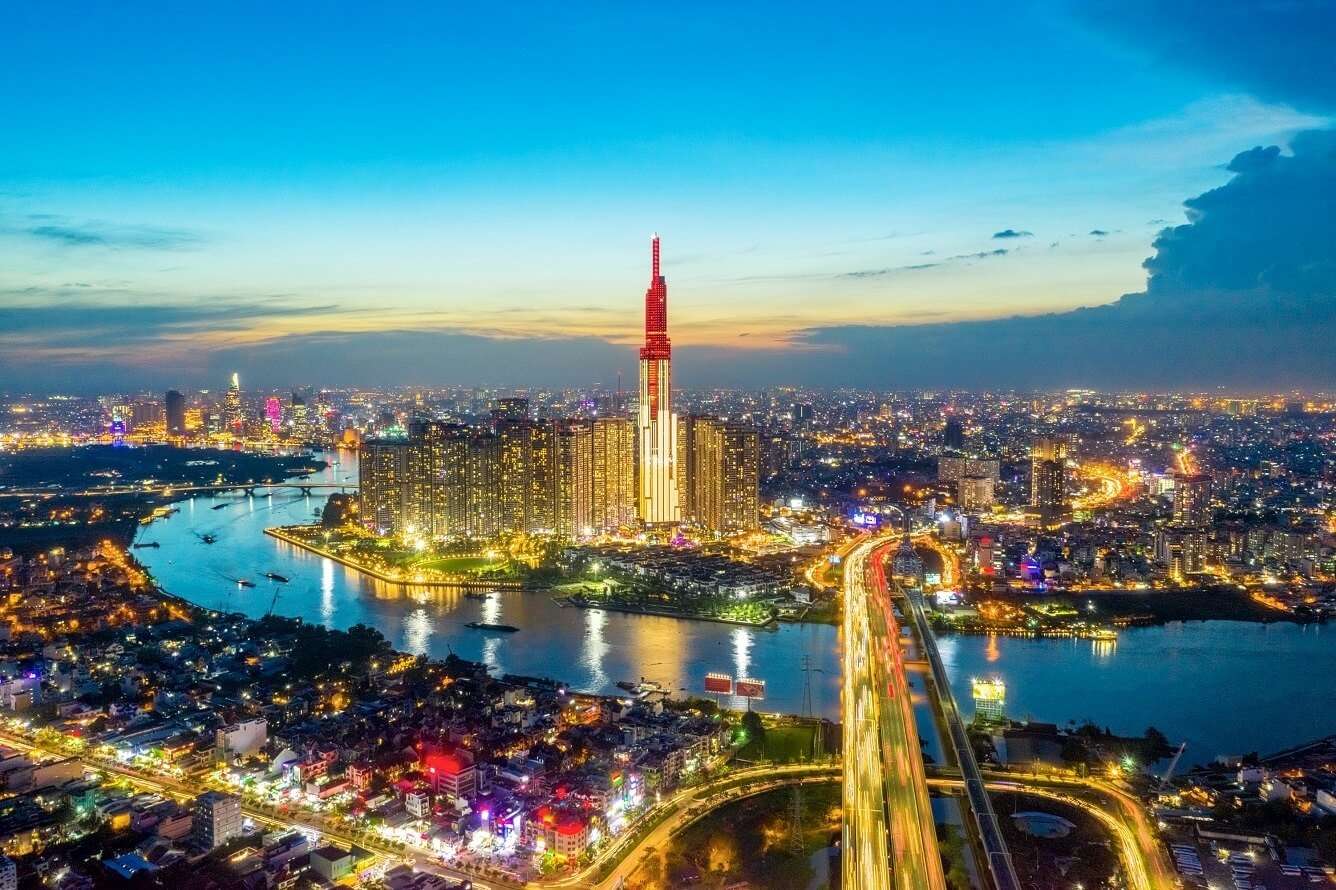



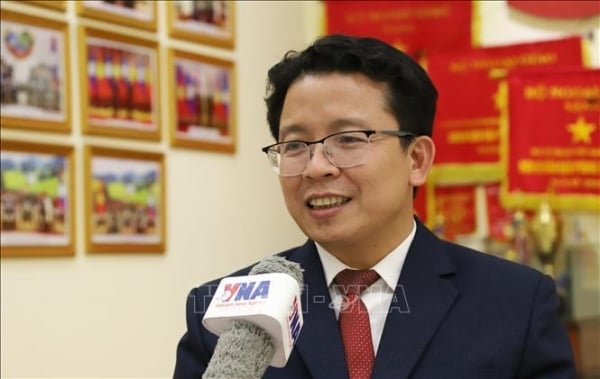

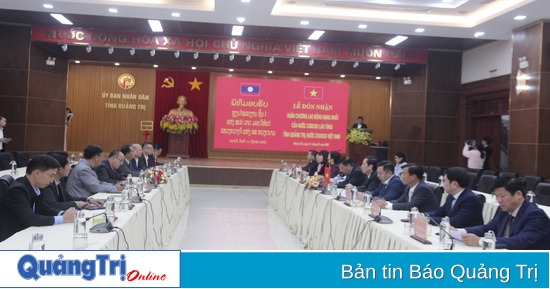
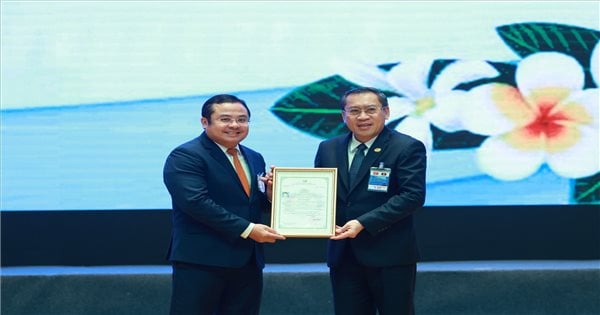

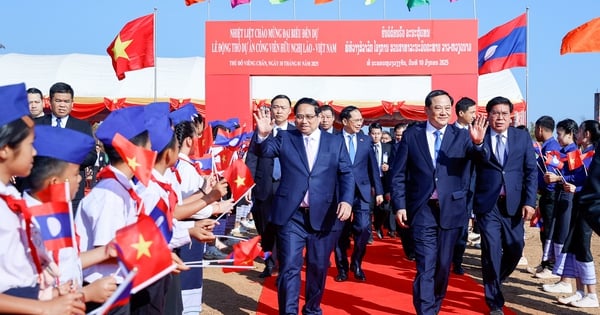

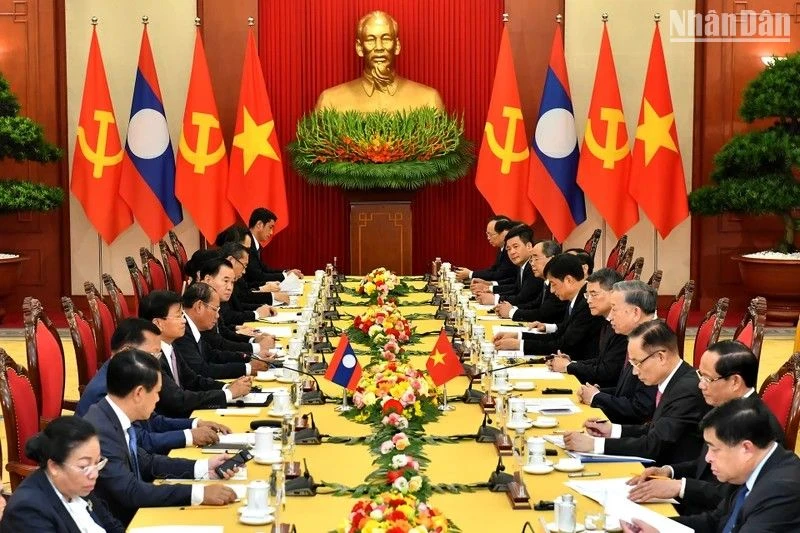

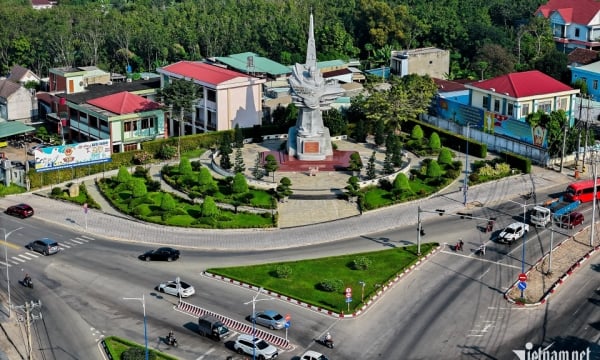
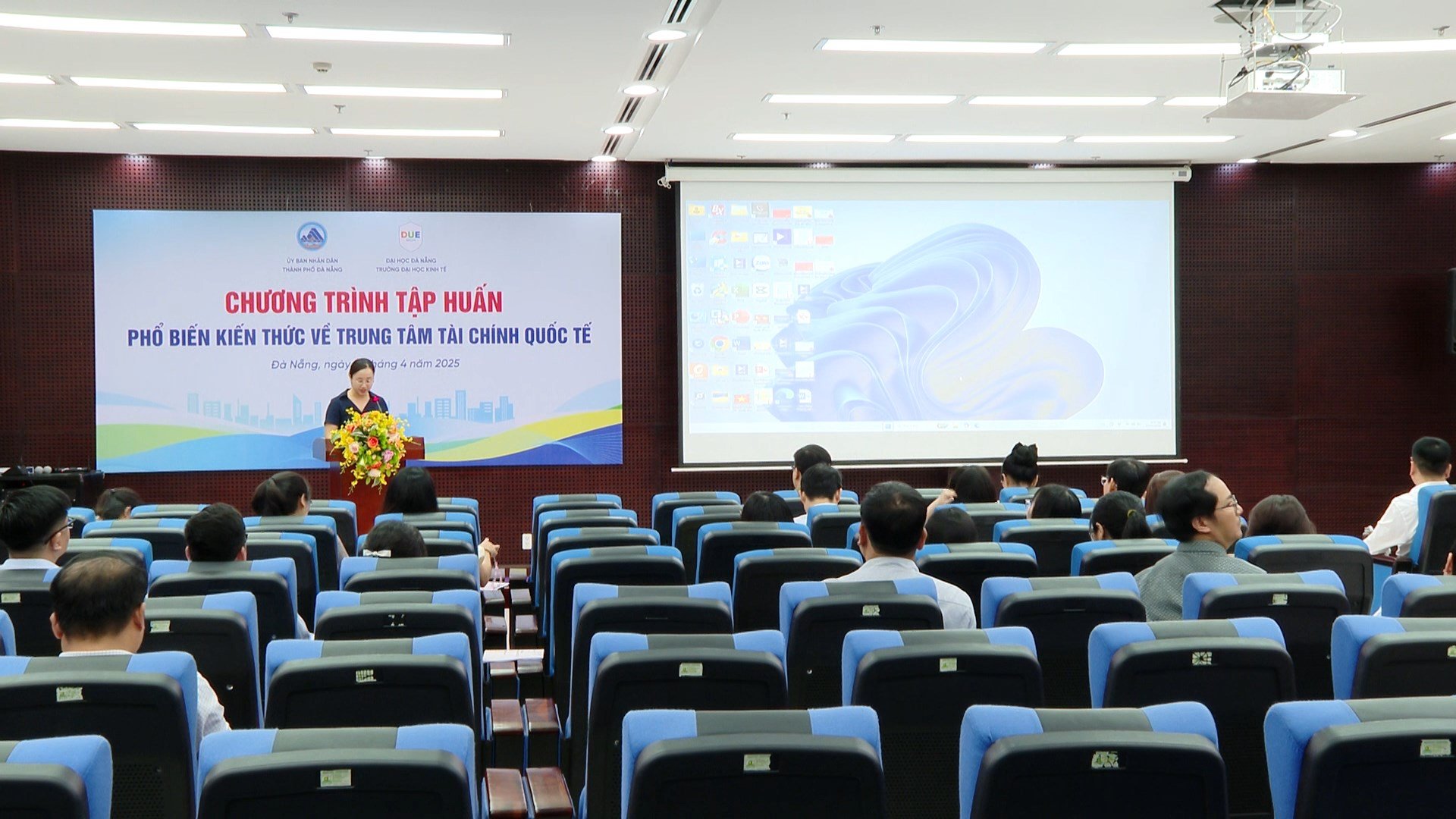
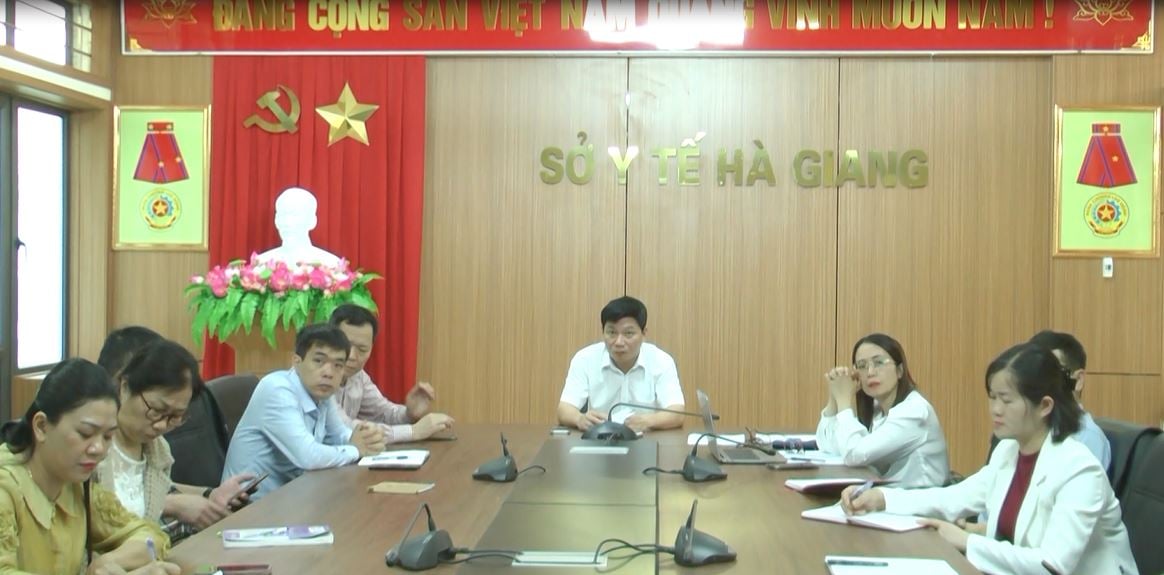
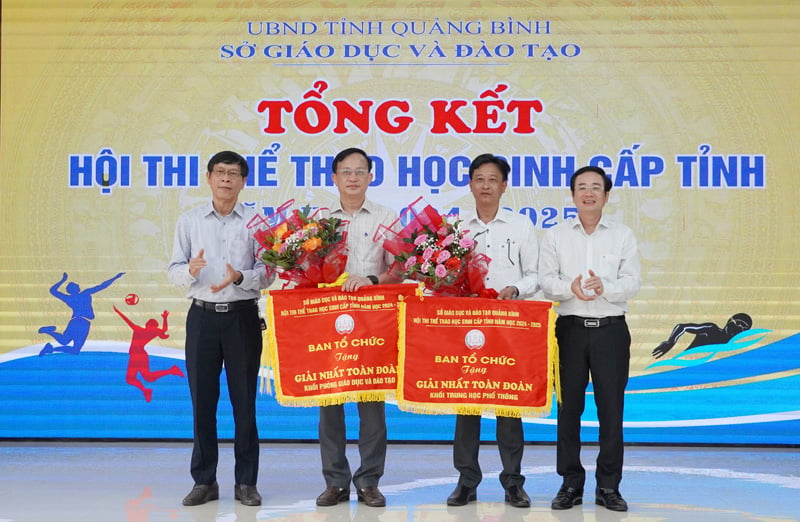
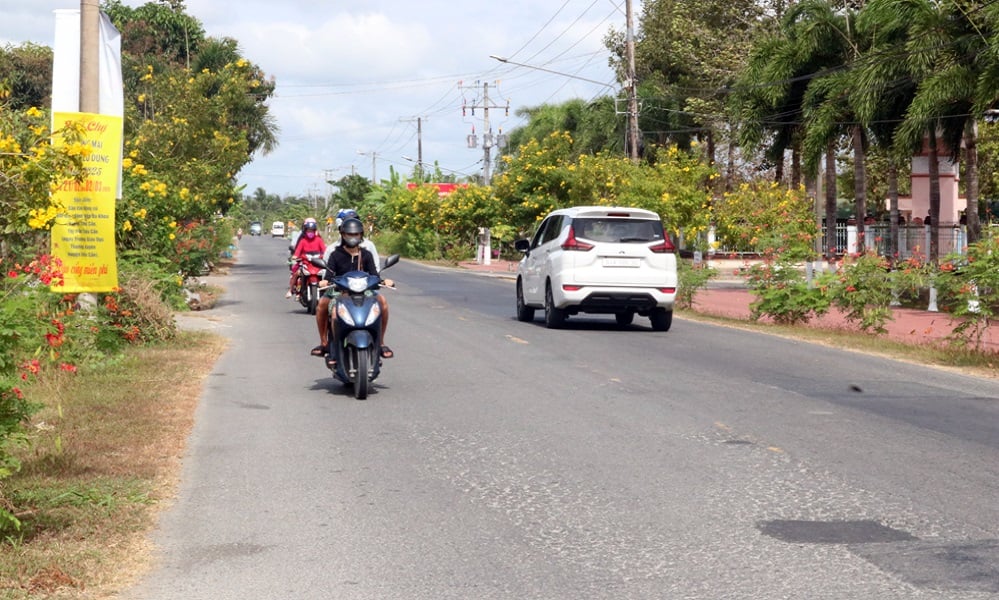
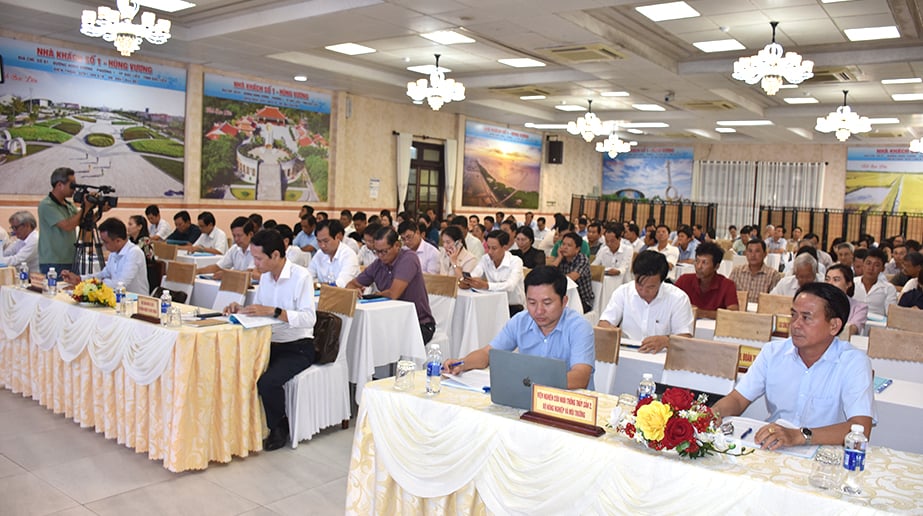



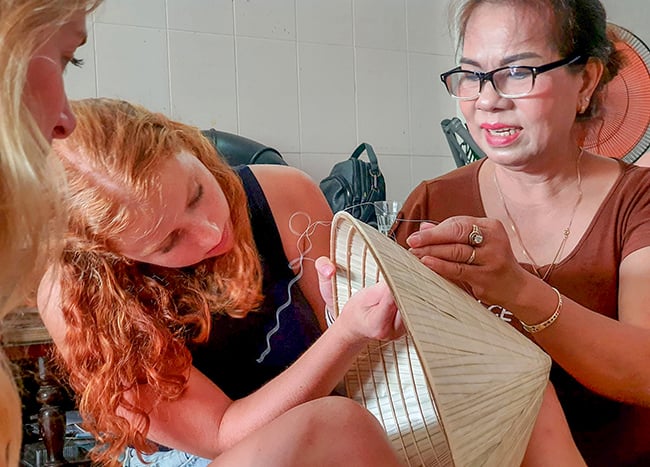
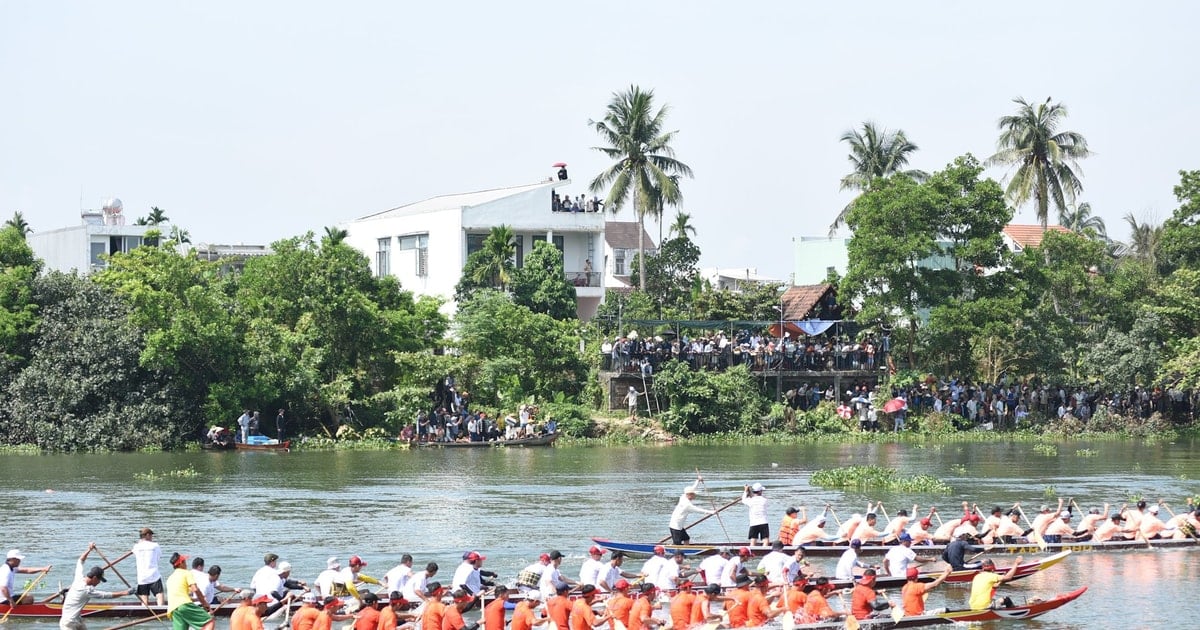
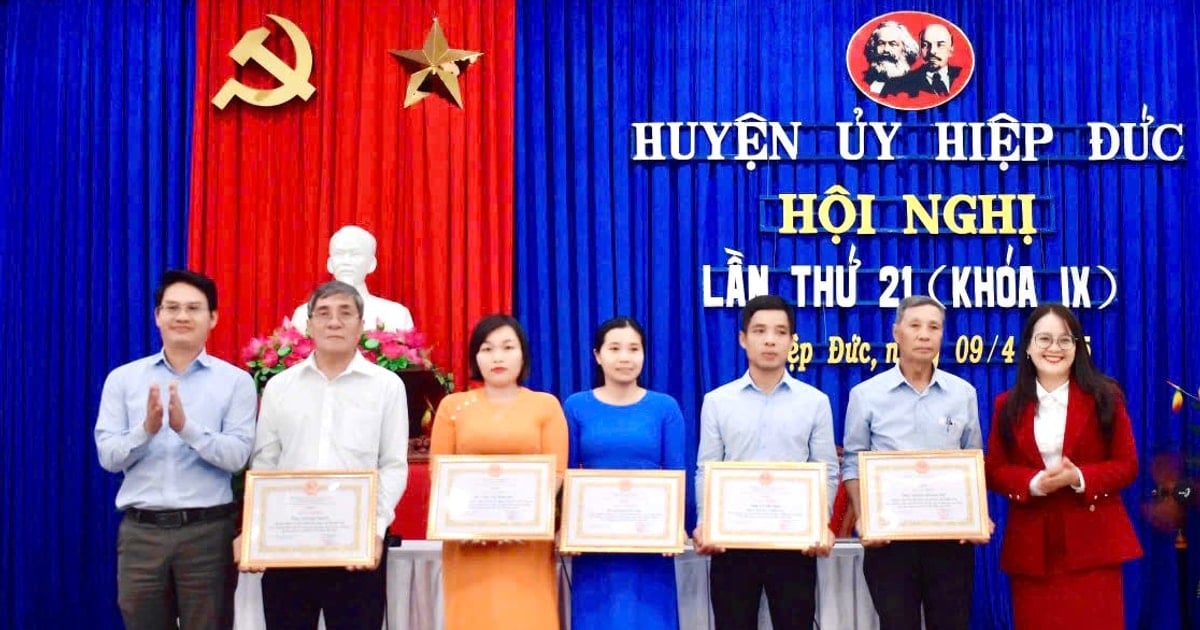
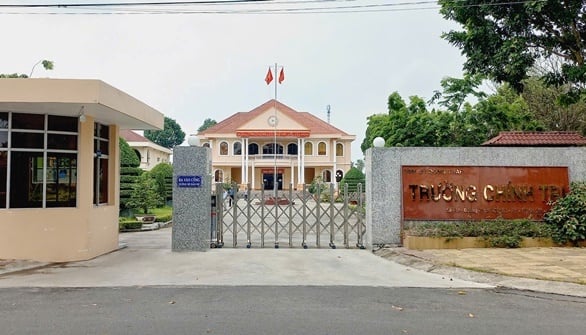



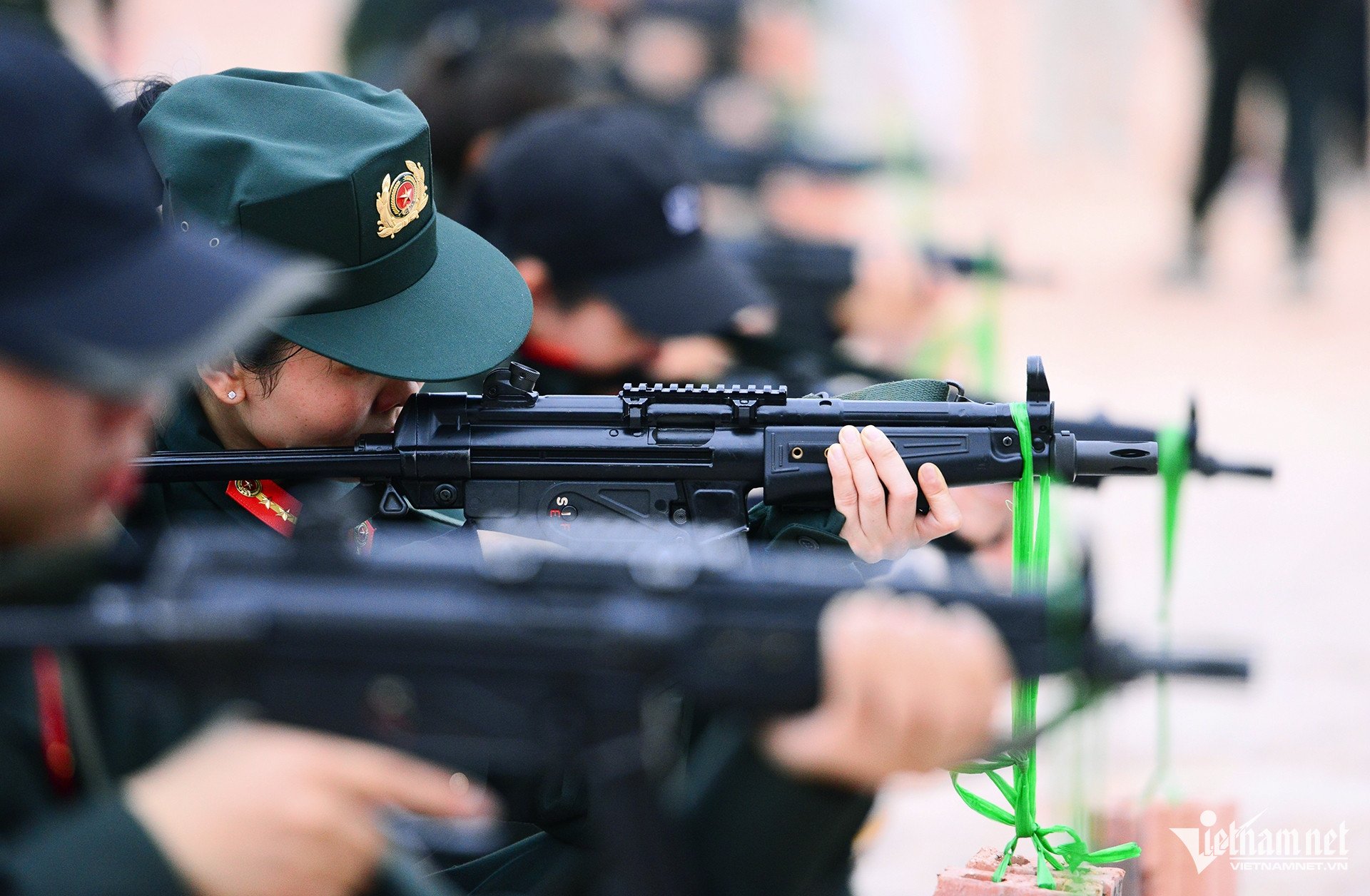





























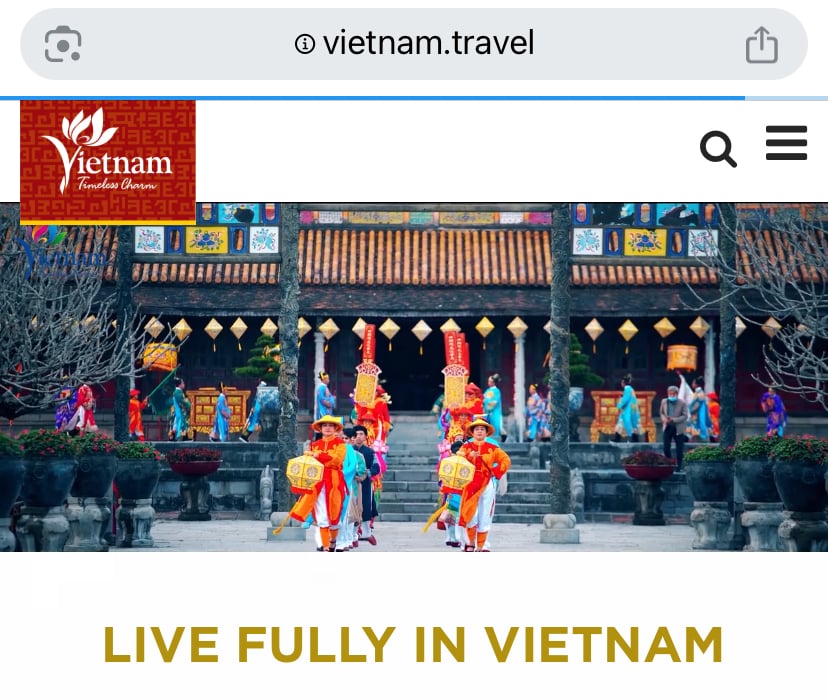
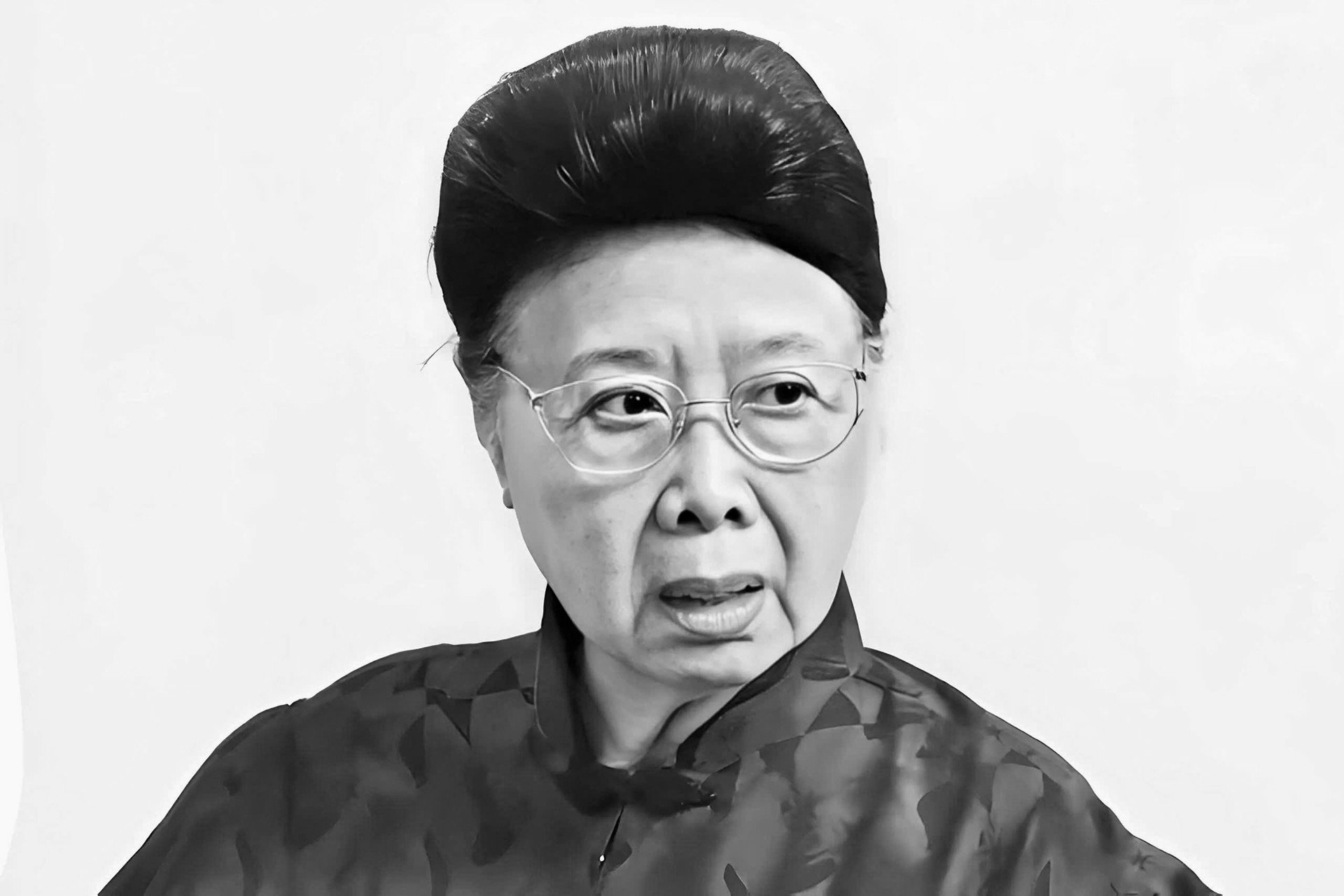
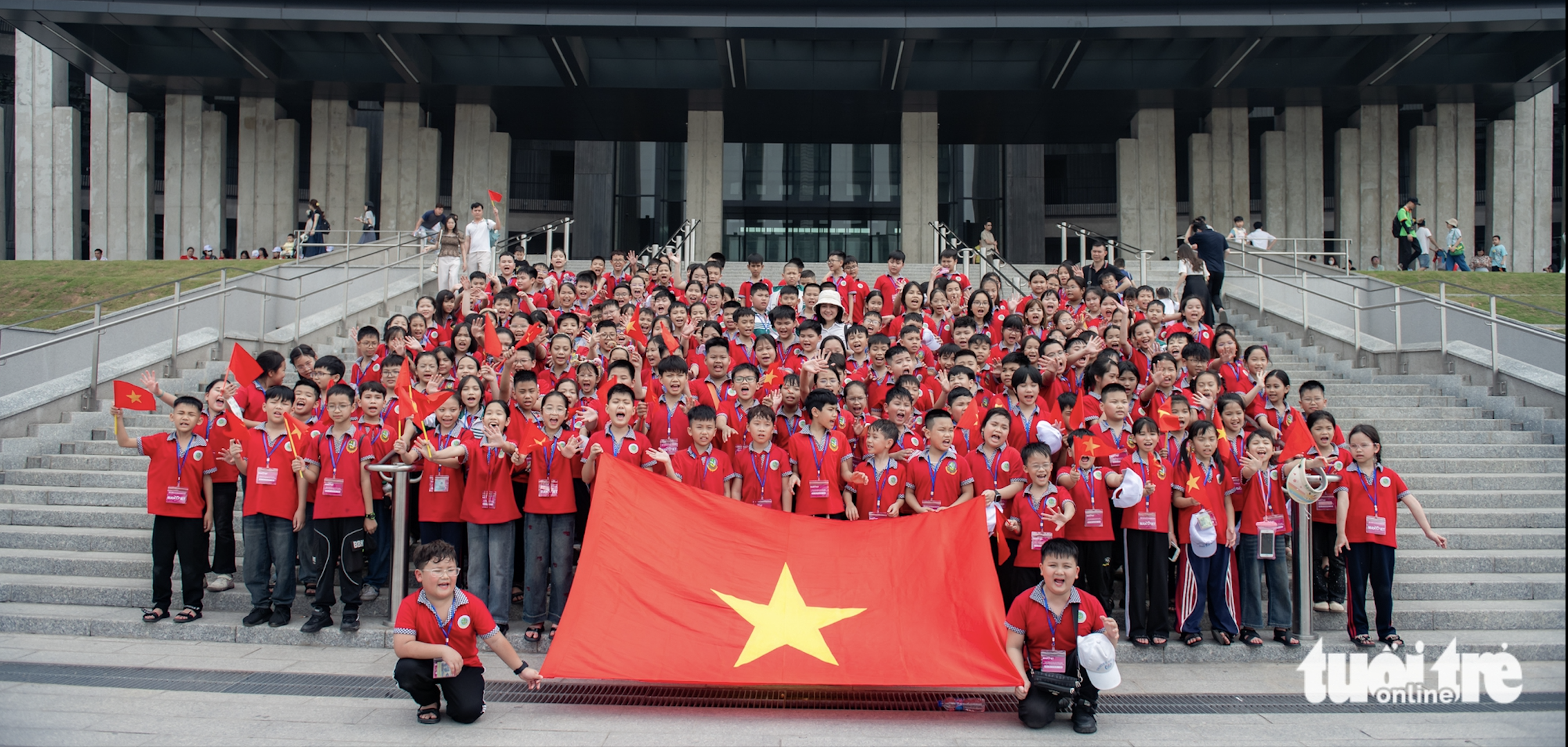







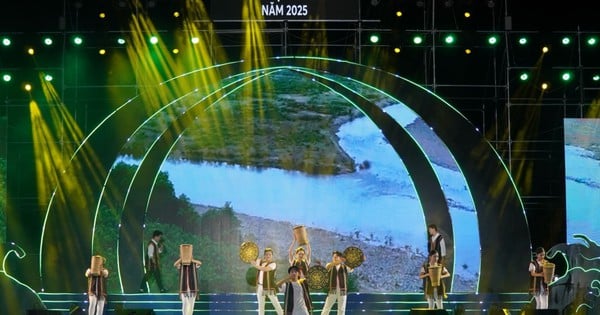
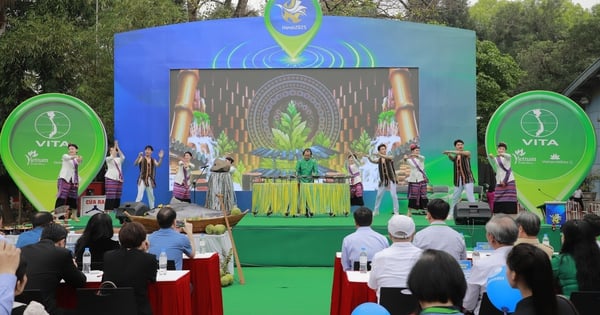
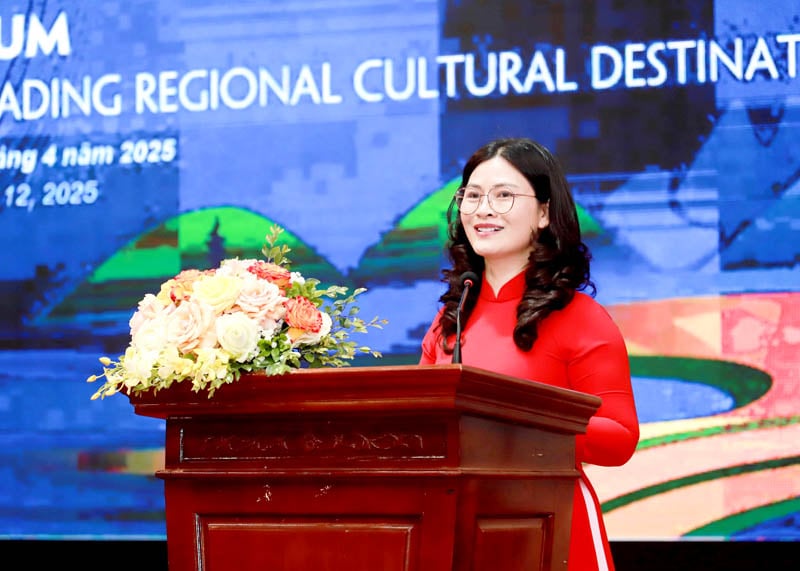





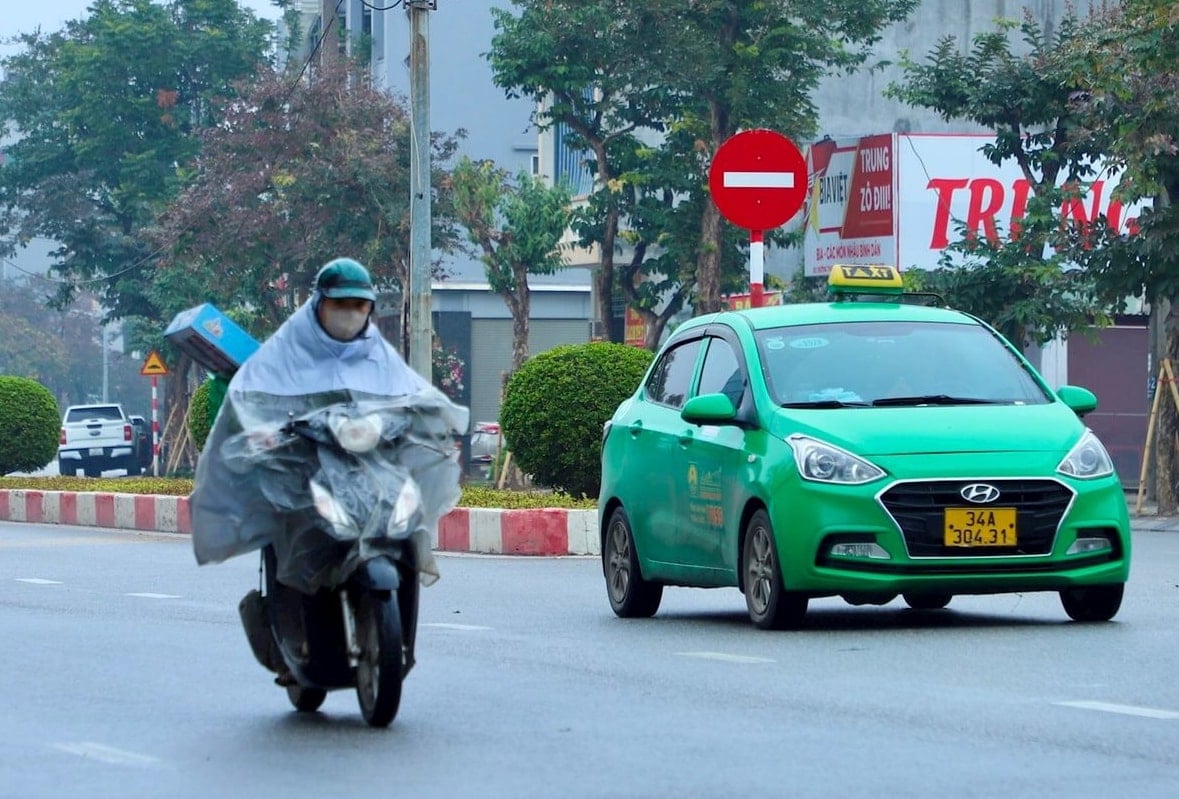











Comment (0)